A knowledge base is an online library where companies store and share information for employees and customers. During acquisitions, it becomes a critical tool to maintain stability, address customer concerns, and streamline internal changes. Here's why it matters:
- Customer Support: Reduces repetitive queries, offers 24/7 self-service, and ensures faster resolutions.
- Cost Efficiency: Cuts support costs by up to 67% by shifting routine tasks to self-service.
- Onboarding: Simplifies transitions for employees and customers by providing clear, updated documentation.
- Trust Building: Transparent, accurate information reassures customers and retains loyalty.
Effective knowledge bases require regular updates, easy navigation, and user-friendly formats like videos and visuals. Tools like Clearly Acquired provide AI-driven solutions to manage these resources efficiently, ensuring smooth transitions and strong customer relationships post-acquisition.
Everything You Need to Know About a Knowledge Base
Benefits of a Well-Maintained Knowledge Base
A solid knowledge base can transform the way businesses handle customer experience, streamline operations, and achieve better outcomes, especially during post-acquisition transitions. Let’s explore how it drives success in support and beyond.
Enhancing Customer Satisfaction Through Self-Service
Today’s customers want quick, straightforward answers. A well-organized knowledge base offers 24/7 self-service options, empowering users to solve problems on their own. This not only saves time but also fosters confidence in using products and services - especially crucial during acquisitions, when uncertainty might otherwise shake trust. By providing immediate, reliable solutions, companies can reassure customers and maintain satisfaction even during periods of change.
Reducing Support Workload and Costs
Shifting routine inquiries to a knowledge base can significantly cut support expenses. In fact, companies can reduce customer support costs by as much as 67% by prioritizing self-service resources over human agents. This frees up support teams to focus on complex issues that truly need their expertise.
On the employee side, cluttered repositories can waste hours. According to Coveo (2022), workers spend an average of 3.6 hours daily searching for information in disorganized systems. With effective knowledge management, employees spend just 4.6 hours weekly searching for information - compared to 8–10 hours in organizations without such systems. That’s a major boost in productivity.
Simplifying Onboarding for Customers and Employees
Acquisitions often bring new processes and policies, which can overwhelm both customers and employees. A well-maintained knowledge base bridges the gap between legacy systems and new workflows. By providing clear, updated documentation, it simplifies onboarding for everyone involved and reduces the strain on support teams during transitional periods.
Building Trust and Retaining Customers
Trust is critical during acquisitions, and a knowledge base plays a key role in earning it. By offering transparent, up-to-date information about the transition, companies can build credibility and reassure customers. This kind of communication can directly improve customer retention. Plus, with self-service resources available around the clock, businesses are better equipped to meet expectations. Considering that 65% of customers expect their issues to be resolved on the first attempt, having accessible and reliable content is a game-changer during times of change.
Best Practices for Knowledge Base Organization
Creating a knowledge base that works well during post-acquisition transitions takes careful planning and smart organization. How you structure and deliver information can determine whether users leave frustrated or quickly find what they need.
Focusing on High-Value Content
A strong knowledge base zeroes in on what users care about most. During transitions, this means addressing the most common questions and issues. Start by analyzing customer support data, FAQs, billing inquiries, and troubleshooting patterns. Dig into survey feedback and support ticket trends to uncover gaps in your documentation. Tools like analytics can show which articles get the most views, which search terms users rely on, and where they drop off, helping you refine content to meet real needs.
Pay special attention to topics that bridge old systems with new ones. For example, focus on changes to billing, login processes, or how users access features. These areas are often pain points during acquisitions. Once you’ve identified the key topics, organize them in a way that makes navigation easy and intuitive.
Organizing for Easy Use and Navigation
After pinpointing high-priority content, the next step is to arrange it in a way that users can easily navigate. Break information into clear categories like "Getting Started", "Billing & Payments", "Troubleshooting", and "Product Features". Think about how users typically search for answers and prioritize articles that help them achieve specific goals. For instance, an article titled "How to Set Up Your First Project" is more user-friendly than a general overview of project features.
A robust search function is crucial. Enhance it with tags and cross-links between related articles to guide users to the right information. For example, an article on password resets can link to topics like account security or two-factor authentication. Structuring content by user skill level is another way to improve accessibility, ensuring both beginners and advanced users can find what they need without frustration.
Adding Videos and Visual Elements
Relying solely on text can lead to confusion, especially during complex transitions. Visual aids like videos, screenshots, and infographics can make instructions clearer and more engaging. Videos are perfect for walking users through multi-step processes, while annotated screenshots are ideal for explaining interface-heavy tasks. Infographics work well for summarizing workflows or breaking down complex ideas into digestible visuals.
For onboarding, video tutorials can significantly cut down on support requests by showing users exactly how to complete initial setup. However, it’s important to keep visual content up to date as systems evolve. The format should match the content: use videos for step-by-step guides, screenshots for detailed instructions, and infographics for big-picture concepts. When done right, visuals not only enhance understanding but also make your knowledge base more user-friendly for a broader audience.
sbb-itb-a3ef7c1
Knowledge Base Maintenance Strategies After Acquisitions
Keeping your knowledge base accurate and relevant after an acquisition is crucial. As products, services, and policies shift rapidly during this time, your documentation must evolve just as quickly. A well-maintained knowledge base ensures that users and employees can access the information they need, even amidst significant changes.
Regular Content Updates
An outdated knowledge base can quickly lose its value, especially during the post-acquisition period when changes to products, services, and policies are frequent. To stay ahead, schedule regular updates - whether quarterly or triggered by major changes like billing updates or new feature launches. Pay special attention to the most-viewed articles, as these are often the first touchpoints for users.
It’s also helpful to establish a system for identifying outdated content. For instance, Document360 introduced a feature in 2020 that lets users set reminders for future updates via Slack or email notifications. Tools like this can streamline the process, ensuring that no critical updates slip through the cracks.
Collaborative Updates
Collaboration is key to keeping your knowledge base accurate and cohesive after an acquisition. Legacy employees bring a deep understanding of existing processes, while new team members can identify gaps or confusing areas in the content. Cross-functional teams - with representatives from customer support, product management, and technical writing - can work together to align messaging and resolve inconsistencies.
To avoid bottlenecks, establish clear approval workflows. Designate multiple gatekeepers who can quickly approve updates or authorize changes. This approach ensures outdated information doesn’t linger while waiting for review. Regular cross-team reviews can also help maintain consistency and address any discrepancies across the merged systems.
Using Analytics and Customer Feedback
Data is a powerful tool for understanding how your knowledge base performs and where it falls short. Analytics can highlight which articles are most helpful, common user pain points, and areas with insufficient coverage. Key metrics to monitor include time to resolution, customer satisfaction scores, and case deflection rates.
Customer feedback is equally important. Allow users to rate articles or leave comments, and track internal search queries that return no results - these often point to content gaps. Strong knowledge management doesn’t just benefit users; it also boosts agent productivity by 15%–30%. Additionally, with 69% of buyers preferring to solve issues independently, a well-maintained knowledge base can significantly enhance the customer experience.
Using Automation to Speed Up Updates
Automation can handle repetitive tasks, freeing up your team to focus on more critical updates. Tools powered by AI can categorize content, tag articles with relevant keywords, and even detect trends in user behavior. For example, real-time alerts can monitor spikes in support tickets, signaling when new content or updates may be needed.
Automation can also help organize your knowledge base by suggesting related articles or flagging outdated content. This ensures your documentation stays relevant and responsive, even during the hectic post-acquisition period. By leveraging automation, your team can maintain a knowledge base that keeps pace with the rapid changes of integration and beyond.
How Clearly Acquired Supports Post-Acquisition Knowledge Bases
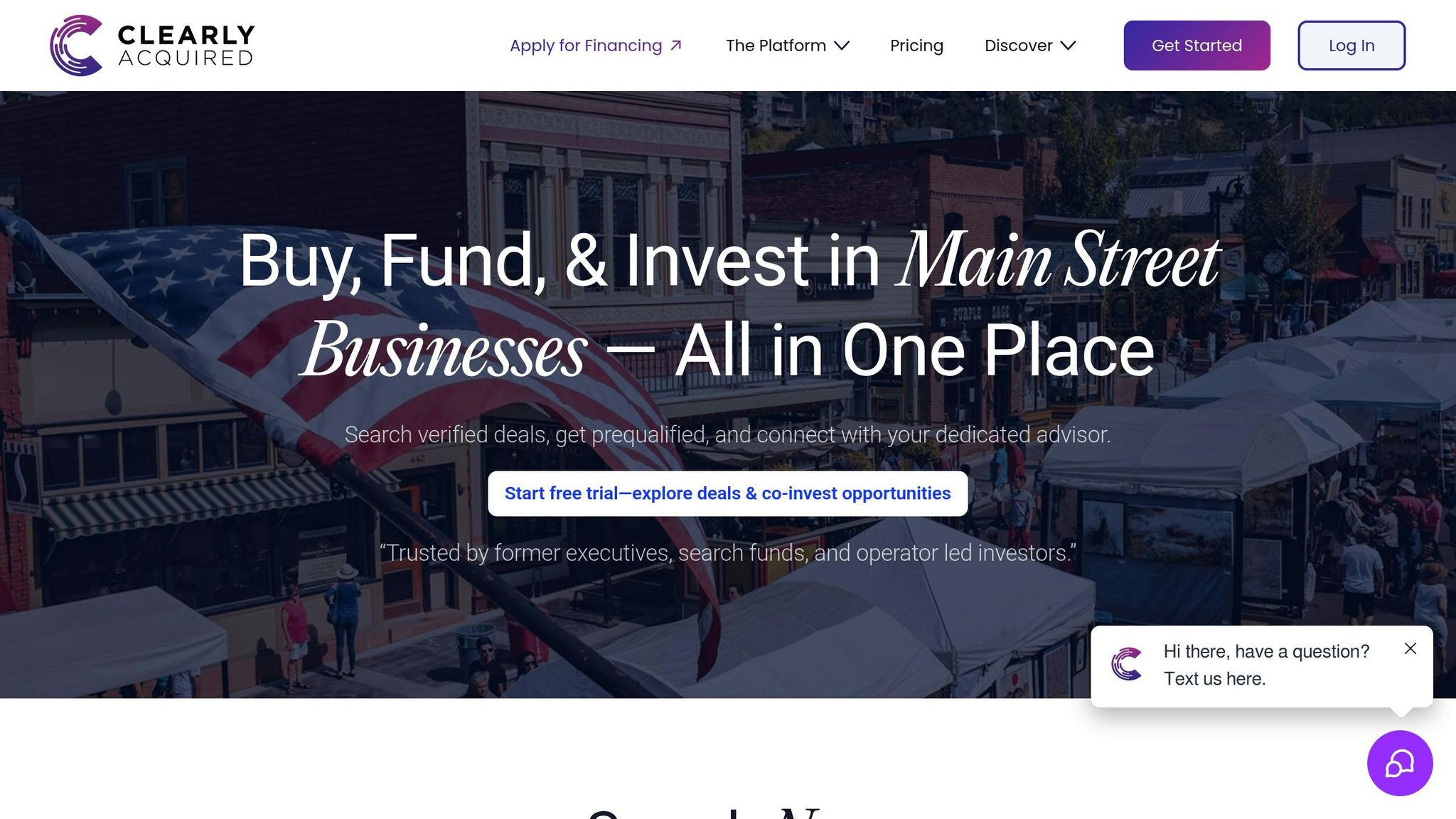
Managing knowledge bases effectively is critical for ensuring a smooth transition after a business acquisition. Clearly Acquired provides a suite of tools and services designed to address these challenges head-on. They understand that maintaining strong customer relationships and operational stability requires a well-organized and accessible knowledge base during this period of change. Their platform offers integrated solutions that simplify the process, ensuring businesses can adapt efficiently.
Clearly Acquired's Advisory and Technology Solutions
Clearly Acquired takes a comprehensive approach to post-acquisition integration, blending financial support, advisory services, and proprietary technology. Their focus on unifying knowledge systems and sustaining customer support sets them apart.
"Clearly Acquired is a tech-enabled Main Street investment bank - the smarter way to buy, fund, and invest in small businesses."
Their advisory services are designed to help businesses tackle the complexities of merging knowledge bases. This includes identifying gaps between legacy systems, standardizing content, and creating workflows to ensure critical information is preserved. Advisors work closely with both acquiring companies and the acquired businesses to develop strategies that protect institutional knowledge while improving customer support processes.
In 2024, they demonstrated the importance of centralizing key functions by consolidating operations to save time and secure vital information. This principle guides their approach to knowledge base management, ensuring a seamless transition during acquisitions.
Building Knowledge Base Excellence with Proprietary Tools
Clearly Acquired's platform leverages AI-powered tools to enhance knowledge base management during post-acquisition periods. These tools help businesses organize, update, and maintain their repositories effectively. With advanced search features and automation, companies can categorize content, identify redundancies, and streamline their systems.
The platform also incorporates user verification and in-app messaging to ensure that only authorized personnel can make updates. This fosters clear communication between legacy staff and new team members, minimizing confusion during the transition. Pricing starts at $99 per user per month, with scalable options for larger enterprises.
Knowledge Bases in Overall Post-Acquisition Success
Clearly Acquired's tools do more than just simplify knowledge management - they play a key role in driving long-term customer satisfaction and business growth. Research shows that companies excelling in customer experience achieve 190% higher three-year revenue growth and 70% greater customer loyalty. This highlights the importance of optimizing knowledge bases to support effective customer service.
Their platform also integrates customer feedback analytics, enabling businesses to refine their knowledge resources. By mapping the customer journey and addressing feedback gaps, companies can ensure their content meets user needs. Tools that consolidate data from various sources provide actionable insights, helping businesses identify which articles are most effective and where customers encounter challenges.
Continuous measurement is another cornerstone of Clearly Acquired's approach. Custom dashboards and analytics allow businesses to track key metrics like article views, search terms, and customer satisfaction scores, ensuring their knowledge bases remain efficient and user-friendly.
To complement their tools, Clearly Acquired offers educational resources, including a business acquisition course, to help organizations adopt best practices for post-acquisition integration. This ensures that businesses not only have the right tools but also know how to use them to maintain strong customer relationships and operational continuity after an acquisition.
Conclusion
A well-structured knowledge base is a cornerstone for ensuring smooth post-acquisition transitions, safeguarding service continuity, and supporting future growth. Acquisitions often create uncertainty for customers, but a reliable knowledge base provides immediate clarity while lightening the load on support teams. It also ensures that years of valuable expertise remain accessible to both employees and customers.
Key Takeaways
Knowledge bases serve as vital tools for navigating the complexities of post-acquisition integration. They help preserve institutional knowledge that could otherwise be lost during staff transitions, keeping decades of experience available to everyone who needs it. This is particularly important for smaller businesses, where much of the operational know-how often resides with a few key individuals.
Self-service features are another major advantage. By enabling customers to find answers on their own, a knowledge base reduces the number of support inquiries and builds customer confidence. This sense of independence is especially crucial during the early stages of an acquisition, when support teams are often stretched thin handling an influx of questions.
For employees, a well-maintained knowledge base simplifies onboarding by providing easy access to both legacy practices and updated processes. This dual-purpose resource ensures that operations remain steady while helping new team members adapt to their roles and workflows more effectively.
From a broader perspective, a strong knowledge base helps minimize customer churn and maintain satisfaction, which translates into long-term cost savings and revenue stability. These benefits are critical during times of change and uncertainty.
Getting Started with Clearly Acquired
Clearly Acquired offers a suite of tools designed to help businesses harness the full potential of a post-acquisition knowledge base. Their AI-powered features simplify updates and organization, while their advisory services provide expert guidance for merging information systems seamlessly.
The platform also includes advanced user verification and search capabilities, ensuring that knowledge bases remain accurate and easy to navigate throughout the transition. In addition, Clearly Acquired offers educational resources, such as a business acquisition course, to help organizations adopt best practices for integration and knowledge management.
For businesses facing the challenges of an acquisition, Clearly Acquired’s support center provides a dedicated knowledge base to help users get the most out of the platform. By combining cutting-edge tools, expert advice, and educational content, Clearly Acquired equips companies to maintain customer trust and operational efficiency during and after the acquisition process.
FAQs
How does a knowledge base build customer trust during post-acquisition transitions?
A well-structured knowledge base is essential for earning customer trust during post-acquisition transitions. It provides clear, consistent, and easily accessible information, helping customers navigate changes with confidence. By addressing common questions and concerns, it minimizes uncertainty and ensures customers know what to expect.
When a company offers transparency and quick solutions through its knowledge base, it reflects a strong commitment to customer support and dependability. This approach reassures customers about the company’s stability and reinforces long-term relationships by prioritizing their needs.
How can businesses keep their knowledge base accurate and effective after an acquisition?
Maintaining a useful knowledge base after an acquisition calls for a clear and organized plan. Start with a thorough knowledge audit to pinpoint what resources already exist, identify any gaps, and flag outdated content. This step helps you figure out what needs to be updated, merged, or removed.
From there, set up a dedicated team or committee to handle the integration and ongoing updates. This group ensures that important information is preserved and shared efficiently across all teams. Keeping the knowledge base current with updated processes, tools, and insights is key to making sure it stays relevant.
Lastly, use technology to simplify updates and promote a culture where employees actively share knowledge. Encouraging team members to contribute their expertise ensures the knowledge base grows with your business, remaining a valuable tool for both your staff and customers.
How do automation and AI tools enhance knowledge base management for post-acquisition support?
Automation and AI tools simplify managing a knowledge base by taking care of tasks like creating, updating, and organizing content. This keeps information accurate and up-to-date - something especially important during the post-acquisition phase.
These tools are also capable of analyzing large datasets to pinpoint and deliver the most relevant insights in no time. This reduces manual work and helps teams make better decisions faster. By improving processes like onboarding, customer support, and integration, they play a key role in helping businesses maintain strong customer relationships after an acquisition.

















.png)
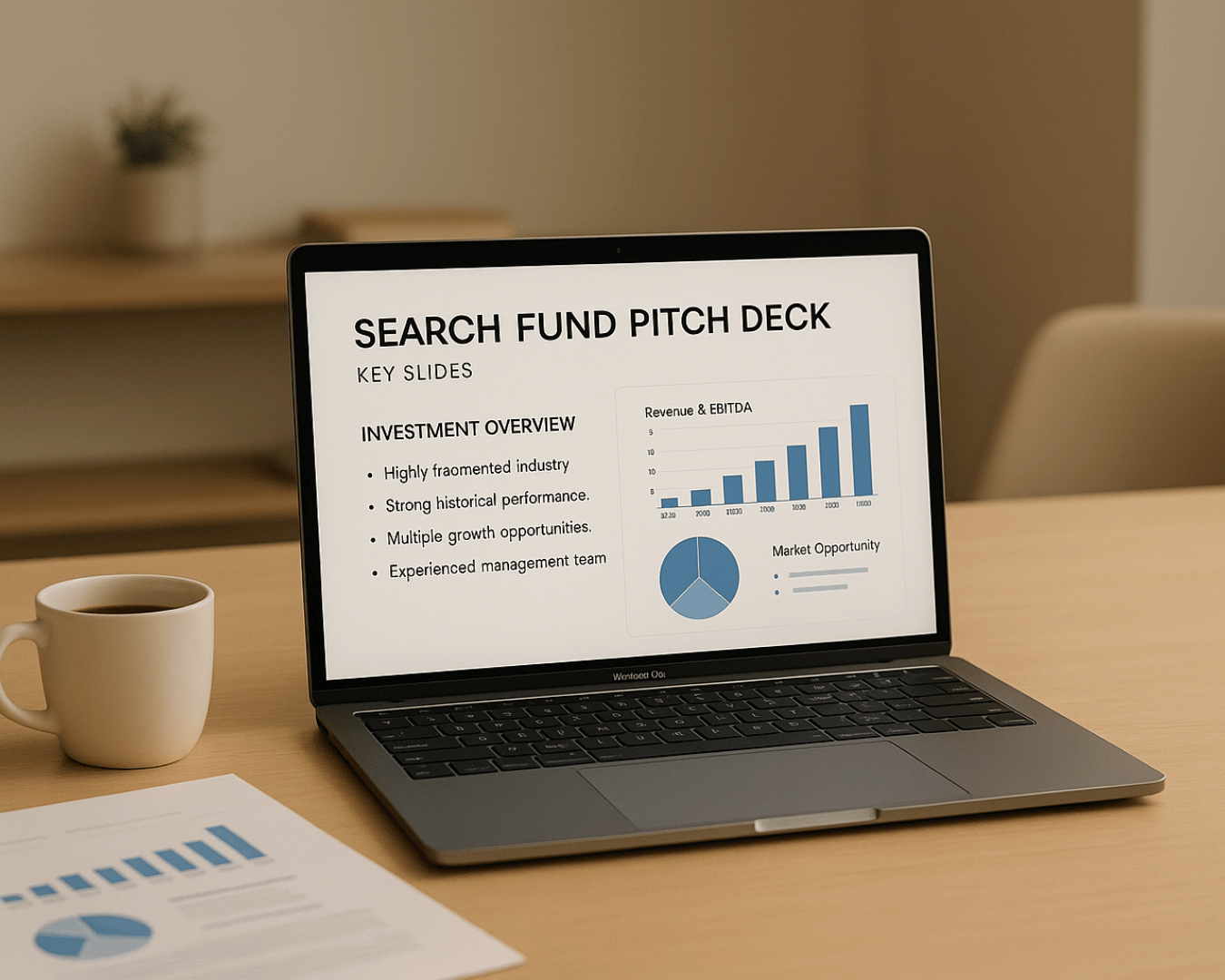
















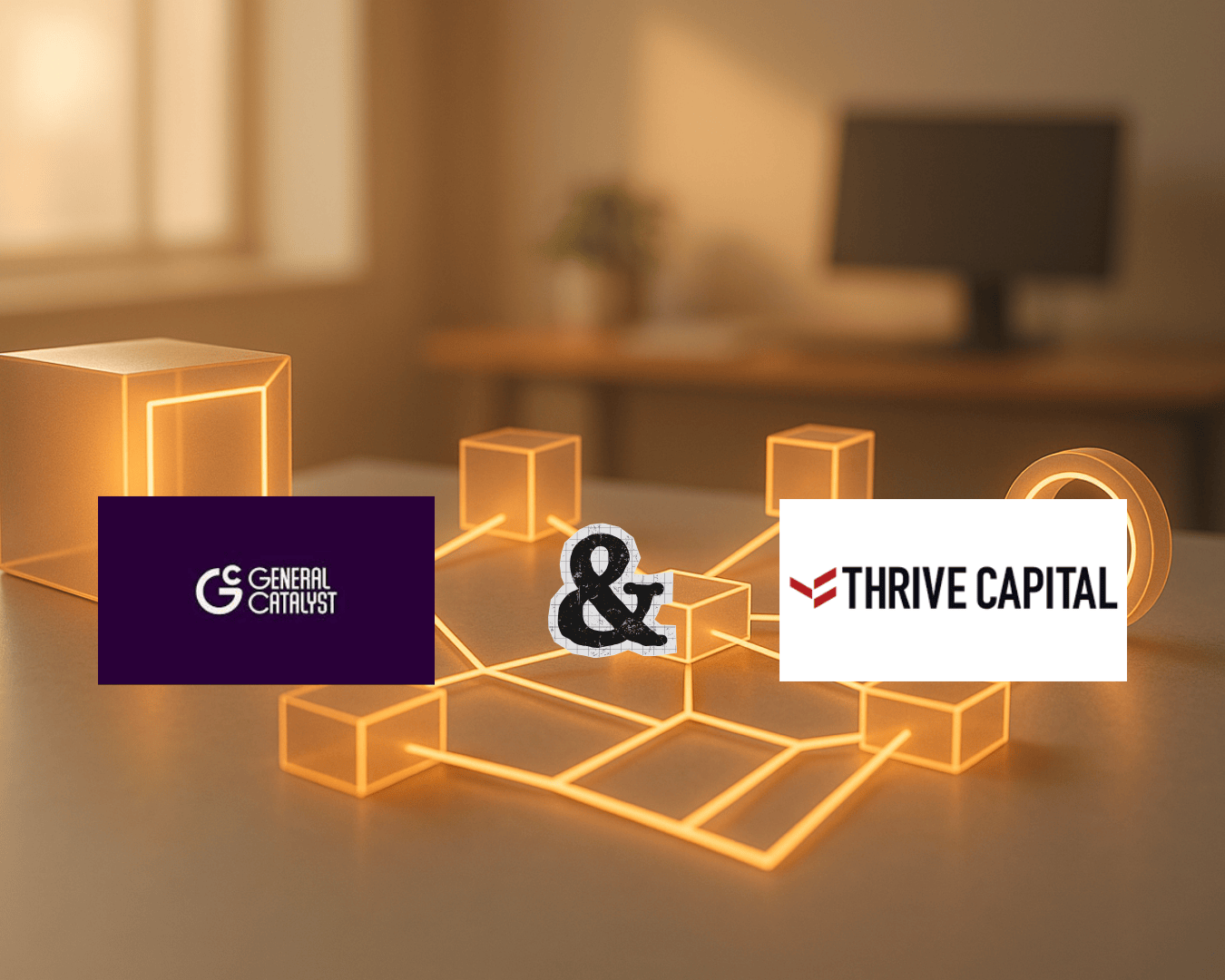











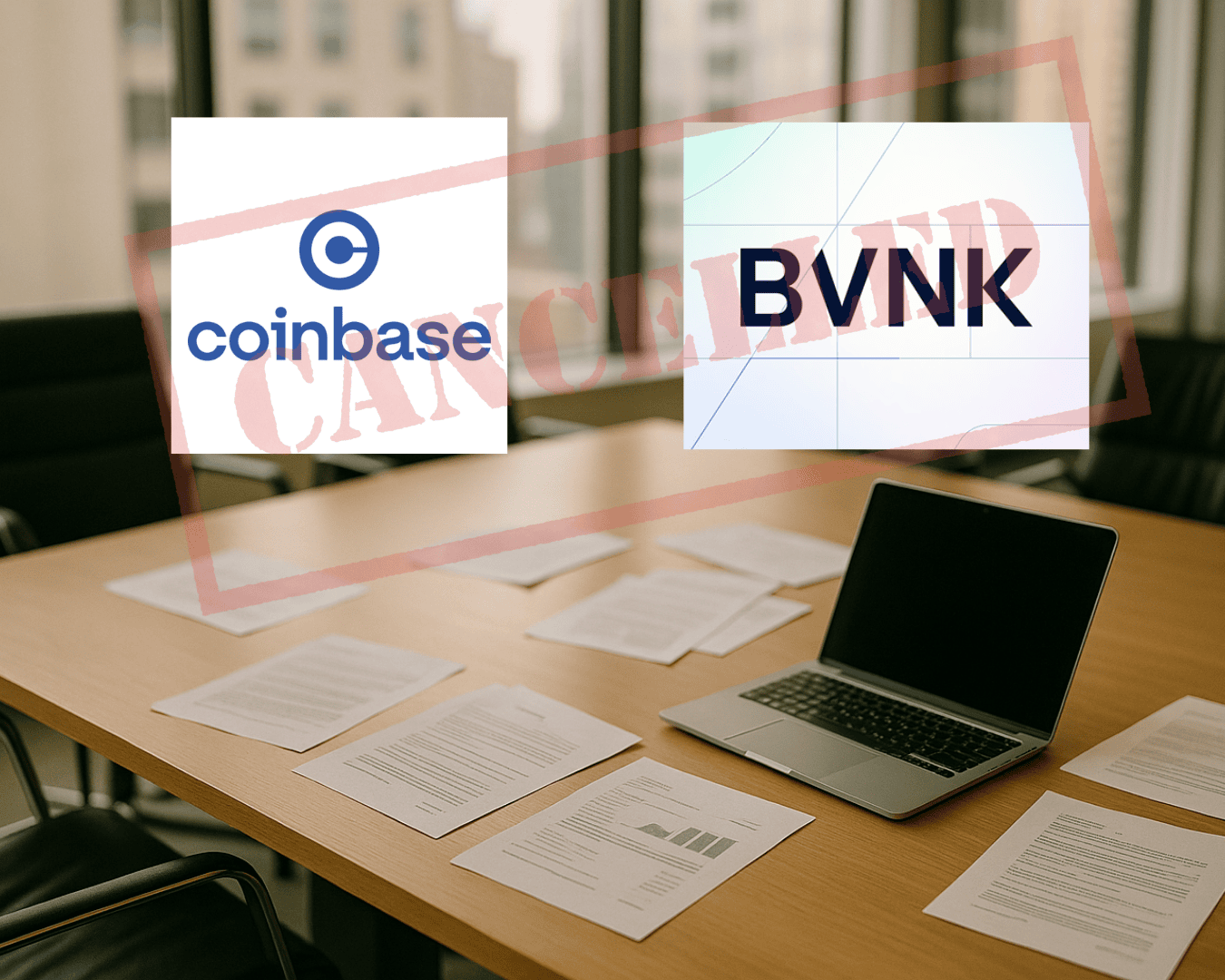









.png)




























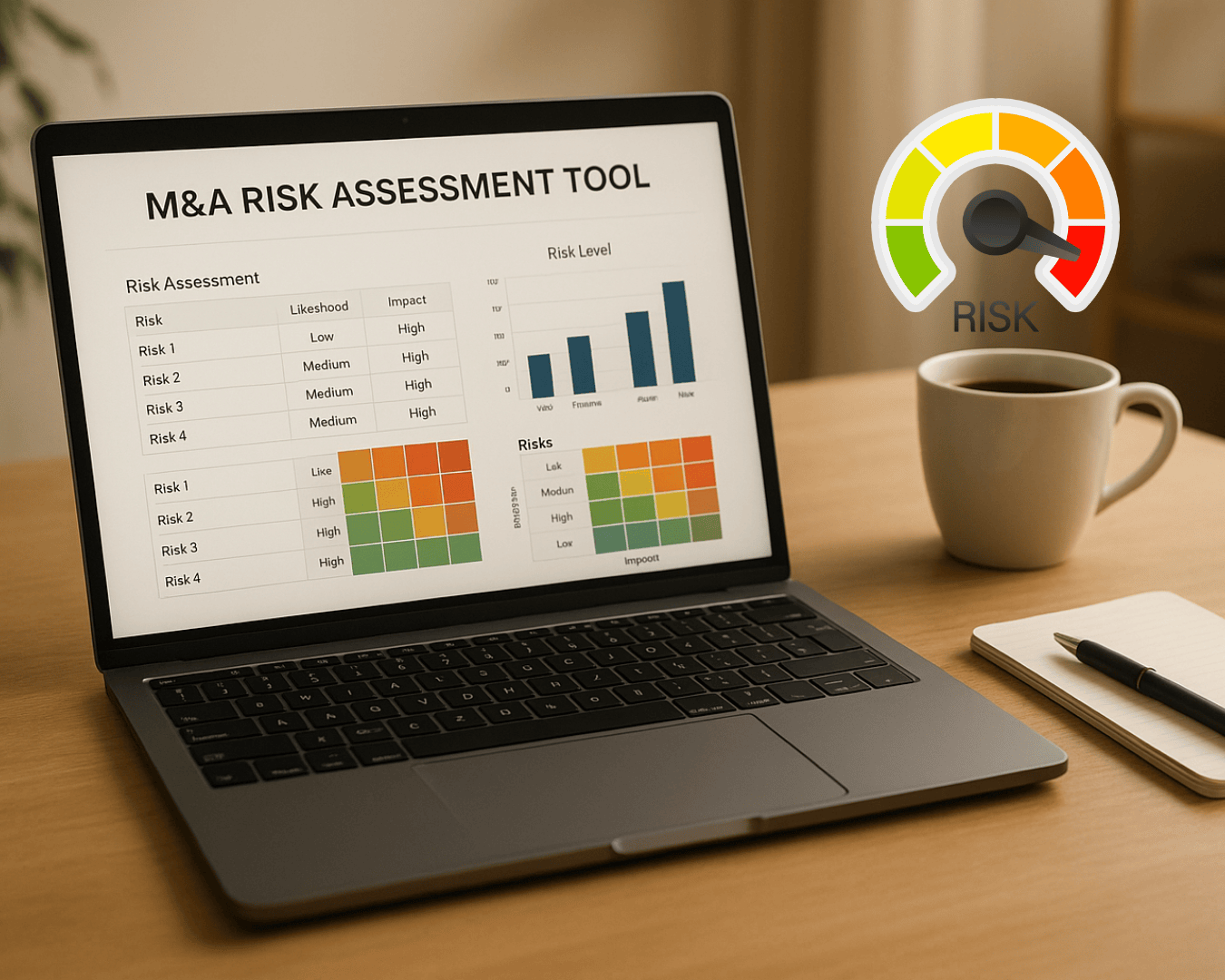











%20Loan%20Application%20Checklist.png)











